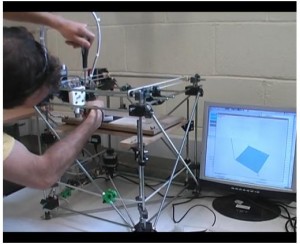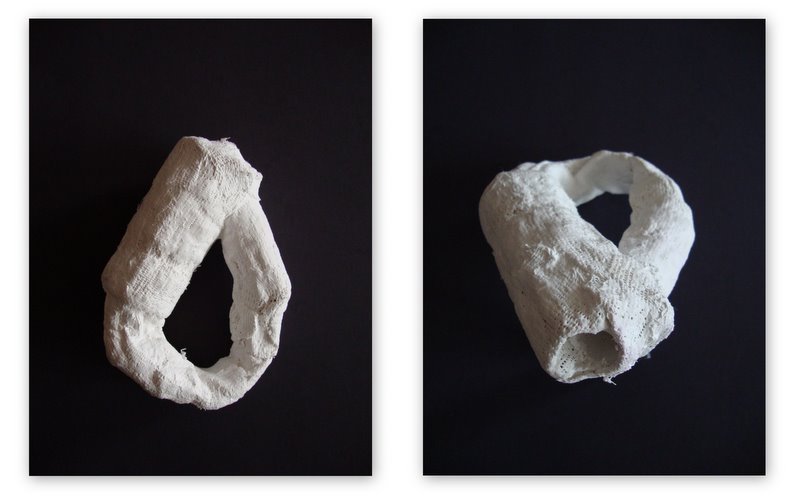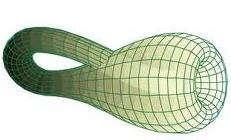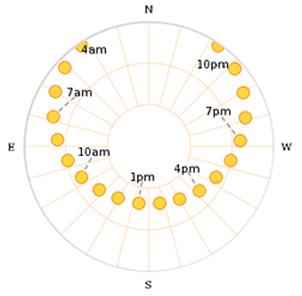 After reading a post about 3-D printers, I found out about this assemble-it-yourself 3-D Printer!
After reading a post about 3-D printers, I found out about this assemble-it-yourself 3-D Printer!
http://reprap.org/wiki/Main_Page
Not only is the RepRap cheap to build (people claim it can be done for around $400), but all the software and hardware designs are open-source and free.
But it doesn’t stop there. If you already have a RepRap, you can use it to build some of the parts you to build another RepRap! In other words, this is a self-replicating machine! Well, partially at least.
I’m sure there are plenty of people out there with the skills to build one of these themselves. I’m not sure I’m one of them–after all, building a table that was almost level was a huge success for me. But this is such a cool idea it might just be worth a shot!





